This website uses a variety of cookies, which you consent to if you continue to use this site. You can read our Privacy Policy for
details about how these cookies are used, and to grant or withdraw your consent for certain types of cookies.
Filter By:
Blogs
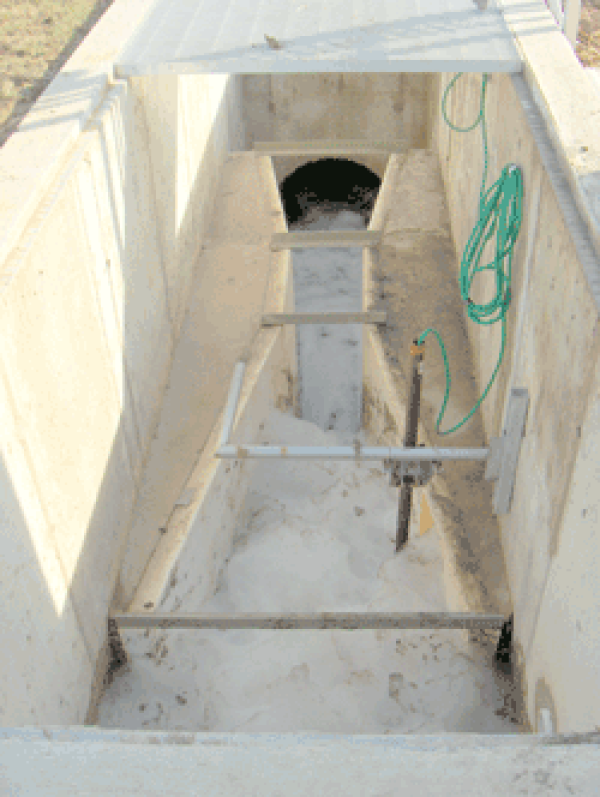
The Heady Problem of Foam (in Flumes and Weirs)
Foam in flumes or weirs is a headache. Its a source of measurement error. Frequently it requires maintenance and monitoring of a flow measurement site. Generally it's a pain in the neck.
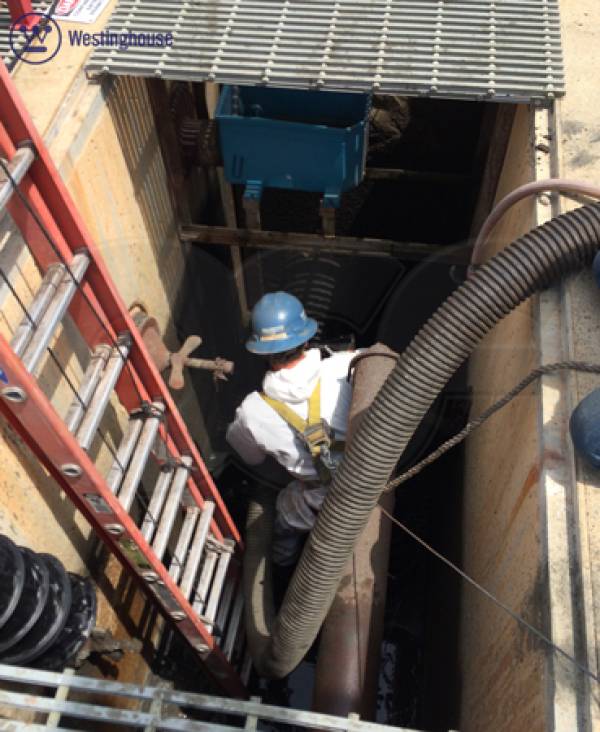
Weir Boxes for Confined Space Installations
While we frequently talk of the advantages that flumes have over weirs, weirs in general (and weir boxes in particular) can be well suited to measuring flows on unusual pipe configurations. Without considerable flow conditioning, flumes require the approaching flow to be centered…

Cover Options for Flumes and Weir Boxes
Covers are used over flumes and weir boxes for a number of different reasons: eliminating inflow, aesthetics, operator safety, foam, sensor protection, or containing foaming / splashing flows. To meet these applications, Openchannelflow offers solid and transparent covers in both…

Replacement Staff Gauges
Over time a primary device’s (flume or weir) staff gauge may need to be replaced. Wear, vandalism, nature of the flow stream, and device construction can all play parts in a gauge needing to be replaced. When replacing a gauge there are two styles available: adhesive gauges…
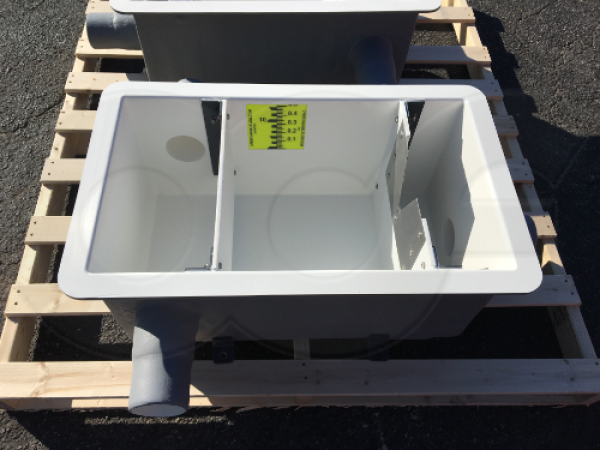
Weir Boxes – Everything from Angle to Zero Elevation
What is a Weir Box? A Weir Box is simply a fabricated box or vault which incorporates a weir plate to measure the flow of piped water. Weir boxes work best when measuring flows from about 10 gpm to 500 gpm. Lower than that and accuracy falls off rapidly. Higher than that and the…

Underflow vs Overflow vs Flow-Through Baffles in Weir Boxes
For a weir box to provide accurate flow measurement, the flow approaching the weir needs to be well distributed as it enters the weir pool. Unfortunately, weir boxes are usually used to measure flows in gravity pipe systems. So how do we reconcile these two? The answer is…

The Increasing Effects of Supercritical Velocity on Weirs
A defining characteristic of a weir is its need for the approaching flow to be sub-critical (Fr <1). Flow is accelerated from this slow state to the faster super-critical state (Fr>1) by means of the weir notch and spilling discharge. The acceleration of flow from the…
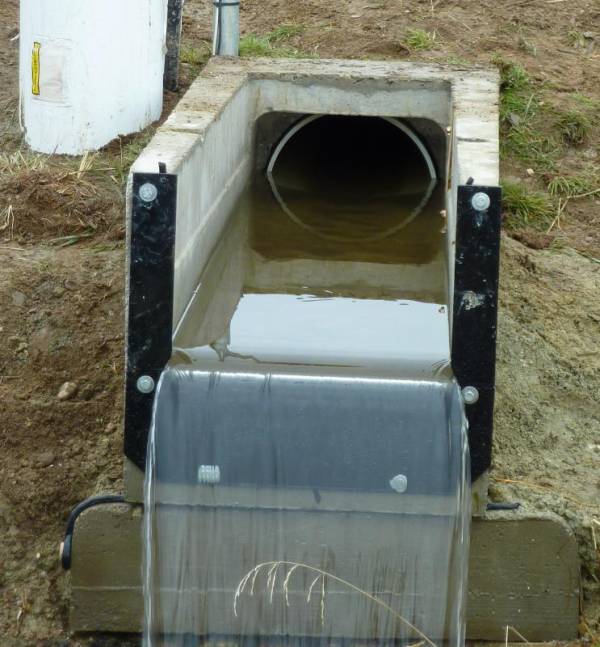
Measuring End-of-Pipe Flows with Weirs
End-of-pipe applications always present a problem when it comes to measuring the flow. Calibrated weirs like Thel-Mar’s are only intended for temporary installation and low flow rates. Circular weirs can be useful, but have be inserted into the pipe with the point of…
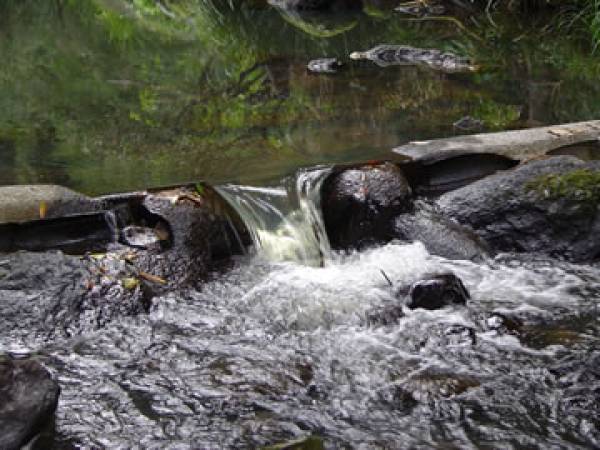
The Use of Thin-Plate Weirs for Downstream Aeration
A key parameter in measuring water quality is Dissolved Oxygen (DO). DO is often used as a quality of water indicator for water used by people or which serves as a habitat for aquatic flora and fauna. While it has been known that weirs can affect DO levels, a systematic…
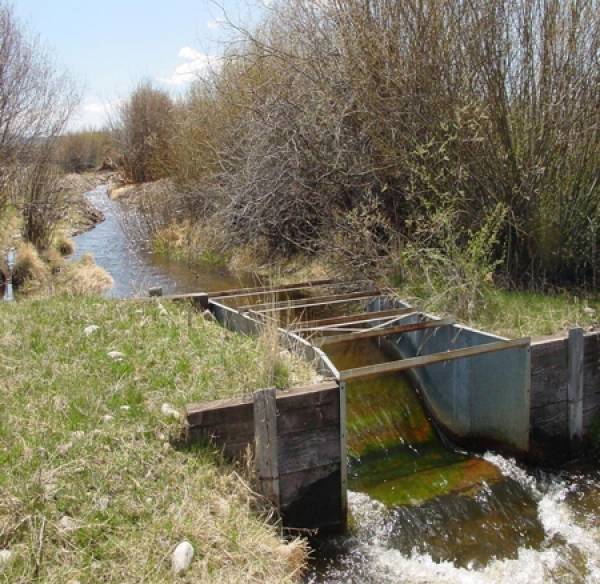
Calculating Channel Froude Numbers for Flumes and Weirs

LOCATIONS IN ATLANTA, GA & BOISE, ID

